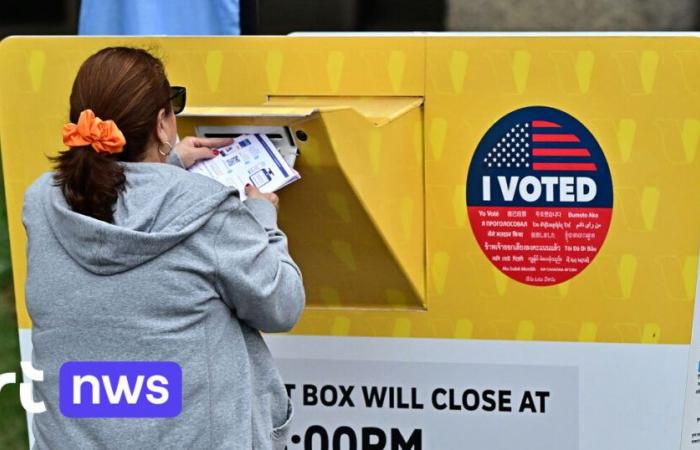The combination of an exciting neck-and-neck race and a counting process that may last days entails risks. Donald Trump, in particular, is feared that he will use the lack of final results in certain states to sow confusion about the fairness of the elections and the counting process.
That fear is not unfounded, he already did it 4 years ago. On November 5, 2 days after Election Day, he tweeted at 9 a.m. “STOP THE COUNT!” (“Stop counting!”). On Election Day, Trump was still in the lead, but many postal votes that had yet to be counted turned out to go to Joe Biden.
Trump framed that sudden turnaround as fraudulent and sowed unrest and confusion among his supporters with his tweet, even though his message was contradictory, because in some states he was narrowly behind, meaning that in fact he had to continue counting if he wanted another chance make on a second term.
Contradictory or not, his supporters went to the counting stations in several states to demand that the counting be stopped. They carried signs with slogans such as “crime scene” and “no voter fraud”. Whether the protest was so spontaneous everywhere is questioned. Some groups of demonstrators are known to have been incited by Trump campaign officials at the time.
Belgium






